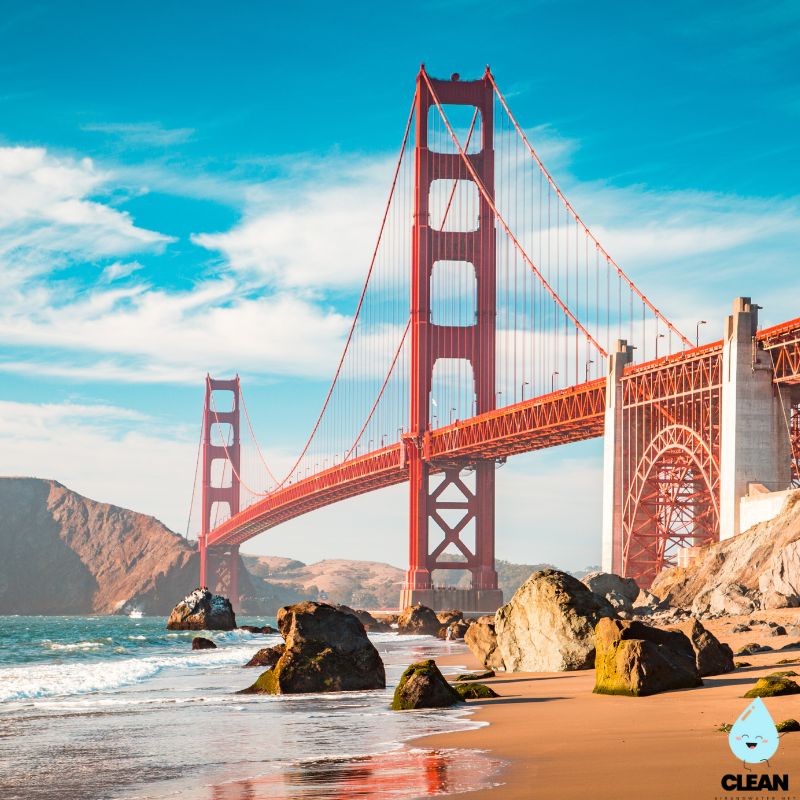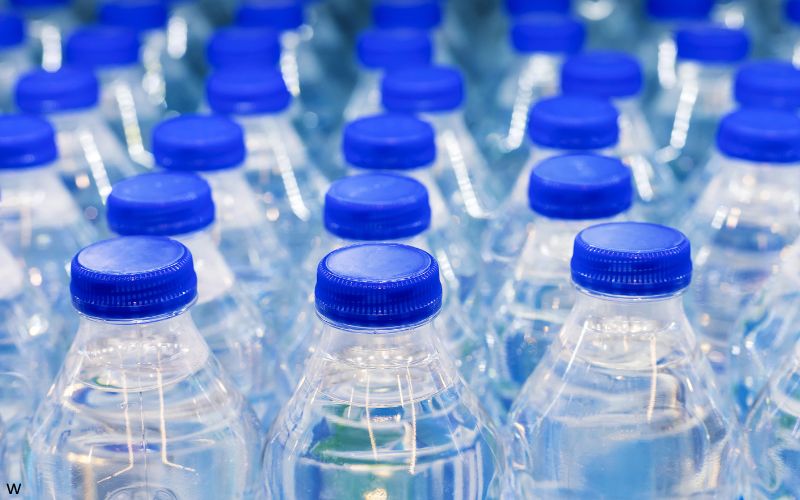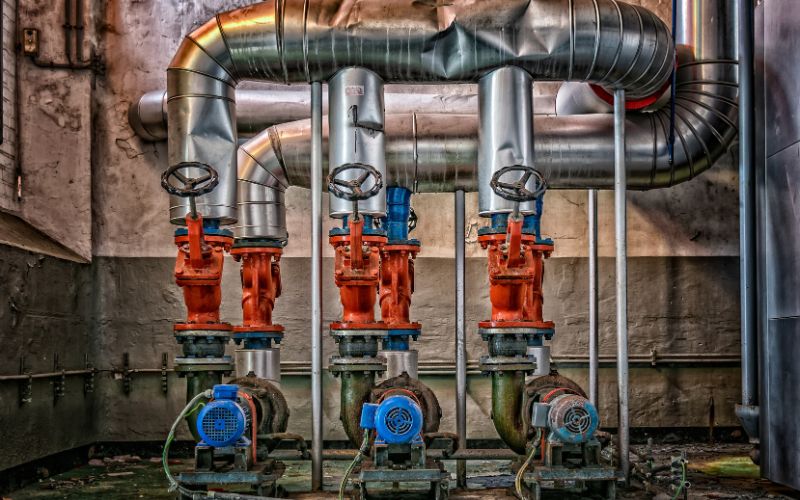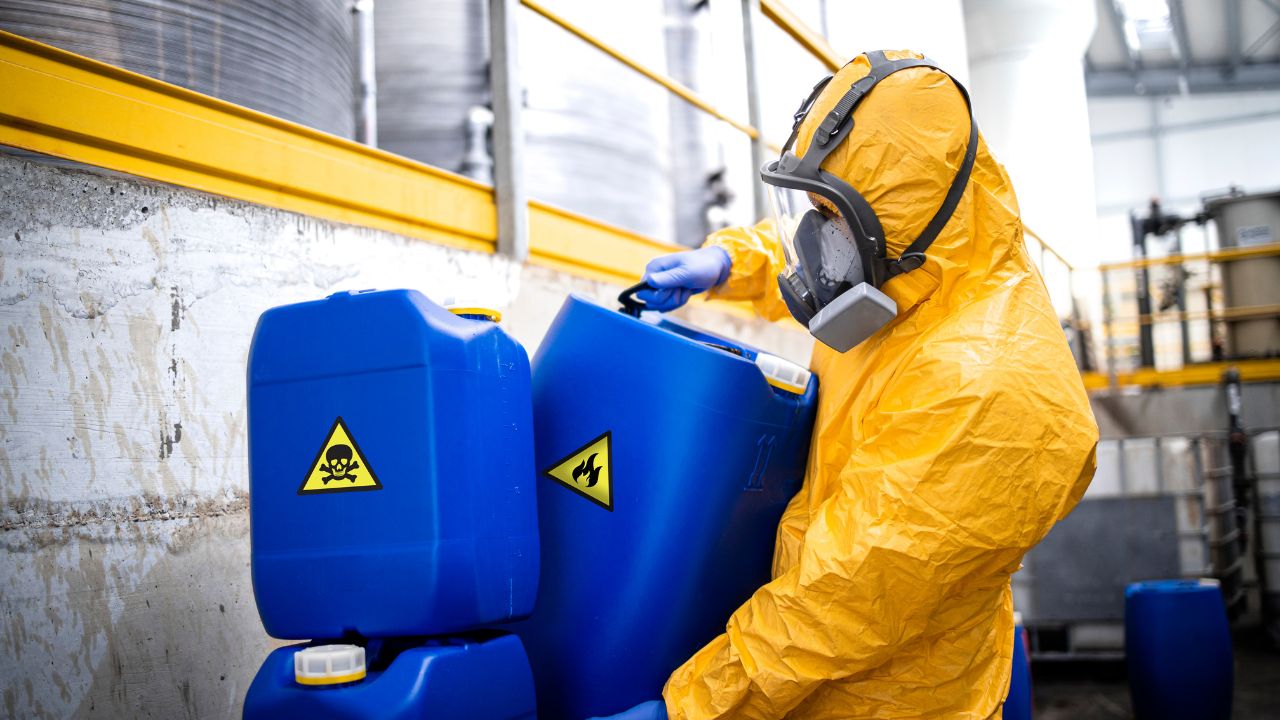San Francisco Water Quality at a Glance
disinfection byproducts
Is San Francisco Water Safe to Drink?
Generally Safe, But Concerns Remain – San Francisco water meets all federal and state standards and shows no PFAS detection in 2024. However, 13 contaminants were identified, with 5 exceeding EWG health guidelines. Primary concerns include disinfection byproducts like trihalomethanes (274x EWG guidelines), haloacetic acids (319-658x guidelines), and hexavalent chromium (4.5x guidelines). The city sources high-quality water from protected Sierra Nevada watersheds.
⚠️ Key Concerns for San Francisco Residents
- Disinfection Byproducts: Trihalomethanes at 274x EWG guidelines; haloacetic acids (HAA5/HAA9) at 319-658x guidelines from chloramine treatment
- Hexavalent Chromium: Cancer-causing chromium-6 detected at 4.5x EWG recommended levels due to natural occurrence and industrial sources
- Carbon Tetrachloride: Industrial solvent detected at 7.3x EWG guidelines; probable human carcinogen affecting liver and kidneys
- Good News: Zero PFAS detected in 2024 testing; high-quality Sierra Nevada source water; extensive monitoring with 100,000 annual tests
Read the full report below for detailed analysis, city-specific data, and actionable recommendations for San Francisco residents.
San Francisco – California – Water Quality Report 2025: PFAS Testing, Infrastructure Concerns & Safety across your city
San Francisco, renowned for its iconic landmarks and environmental leadership, delivers high-quality water to over 2.7 million residents across the Bay Area through the San Francisco Public Utilities Commission (SFPUC). The city’s water system includes approximately 1,300 miles of local distribution mains, multiple treatment facilities, and an extensive regional delivery network spanning from the Sierra Nevada mountains to the Pacific Coast.
San Francisco’s drinking water comes primarily from the Tuolumne River watershed in the Sierra Nevada, transported 167 miles via gravity through the Hetch Hetchy system. This mountain snowmelt provides excellent municipal water, requiring minimal treatment. The city also maintains local groundwater sources and reservoirs for emergency backup. San Francisco has invested heavily in seismic resilience, green infrastructure, and water conservation, achieving one of the lowest per capita water consumption rates among major U.S. cities.

San Francisco Water Quality: Current Status (2024-2025)
Latest Testing Results
- Lead Levels: The most recent testing period (January-December 2023) showed 90th percentile lead levels of less than 1 part per billion (ppb), significantly below the EPA action level of 15 ppb, reflecting excellent source water quality and modern infrastructure.
- Testing Scope: SFPUC conducts nearly 100,000 water quality tests annually, including real-time monitoring at treatment facilities and throughout the distribution network, with enhanced testing for lead in older neighborhoods.
- Compliance Status: San Francisco’s water meets or exceeds all federal and state drinking water standards, with zero PFAS detected in 2024 testing, consistently ranking among the highest quality municipal water systems in California and nationwide.
Sierra Nevada Source Water
- Hetch Hetchy System: Over 85% of San Francisco’s water comes from the Tuolumne River in Yosemite National Park, providing high-quality mountain snowmelt that travels 167 miles via gravity-fed aqueducts.
- Treatment Required: While the Sierra Nevada source water is high quality, it undergoes chloramine disinfection rather than simple chlorination, with fluoridation added for dental health, along with monitoring for disinfection byproducts.
- Protected Watershed: The entire Tuolumne River watershed is protected from development, with strict land use controls and habitat restoration programs ensuring long-term water quality.
Seismic and Climate Resilience
- Earthquake Preparedness: The $4.8 billion Water System Improvement Program has seismically retrofitted critical infrastructure, including pipelines, treatment facilities, and reservoirs to withstand major earthquakes.
- Emergency Water Supply: Strategic water reserves and emergency interties with neighboring utilities ensure continued service during disasters, with citywide emergency cisterns for firefighting.
- Climate Adaptation: Advanced water recycling, groundwater banking, and watershed management help the system adapt to changing precipitation patterns and ensure long-term sustainability.
Conservation Leadership
- Per Capita Excellence: San Francisco residents use just 42 gallons per person per day, among the lowest in the nation, achieved through comprehensive conservation programs and water-efficient infrastructure.
- Groundwater Management: The city is developing local groundwater resources to reduce reliance on imported water, with new treatment facilities planned in the Westside and Sunset districts.
- Smart Water Technology: Advanced metering infrastructure, leak detection systems, and customer portal tools help residents track usage and quickly identify leaks.
Contaminant Monitoring
San Francisco’s water system exemplifies the city’s commitment to environmental sustainability, with initiatives including plastic bottle reduction programs, water bottle filling stations throughout the city, and public education campaigns promoting tap water consumption. While the water meets all regulatory standards, testing has identified 13 contaminants with 5 exceeding EWG health guidelines, primarily disinfection byproducts like trihalomethanes and haloacetic acids. The SFPUC operates advanced recycled water facilities that provide non-potable water for irrigation and industrial uses, helping preserve Sierra Nevada water for drinking.
Recommendations for San Francisco Residents

Consider Filtration
While San Francisco’s tap water meets all safety standards, consider a quality water filter to reduce disinfection byproducts like trihalomethanes and haloacetic acids that exceed EWG guidelines.

Monitor Your Usage
Use the Water Smart portal to track your water consumption, set conservation goals, and receive leak alerts. San Francisco offers rebates for water-efficient fixtures and appliances.

Emergency Preparedness
Store emergency water supplies (1 gallon per person per day for at least 3 days) for earthquake preparedness. Know the location of your nearest emergency cistern.

Older Building Residents
If you live in a building constructed before 1987, run water for 30 seconds before drinking if it’s been sitting for 6+ hours. Consider testing for lead through SFPUC’s free testing program.

Use Public Resources
Take advantage of San Francisco’s network of public water fountains and filling stations throughout parks, schools, and public buildings. Support the city’s sustainability goals while staying hydrated.
Quality News About Your Water
Get the comprehensive water quality news coverage you need with our dedicated US Water News Service. From coast to coast, we deliver in-depth reporting and expert analysis on PFAS contamination, EPA regulatory changes, infrastructure developments, and emerging water safety issues affecting communities nationwide. While mainstream media only covers the biggest stories, we provide the detailed, ongoing coverage that helps you understand the full scope of America’s water challenges. Whether you’re a concerned citizen, water professional, or community leader, our daily updates and analytical insights keep you informed about the issues that matter most to public health and environmental safety.
Frequently Asked Questions
Why does San Francisco water have disinfection byproducts?
San Francisco’s water quality is generally excellent because it comes primarily from the Sierra Nevada mountains in Yosemite National Park. However, the city uses chloramine (chlorine + ammonia) for disinfection rather than simple chlorination, which helps maintain water safety throughout the distribution system.
Chloramine reacts with naturally occurring organic matter to form disinfection byproducts like trihalomethanes and haloacetic acids. While these levels exceed EWG health guidelines, they remain within EPA legal limits. The city prioritizes preventing harmful bacteria and pathogens, which pose more immediate health risks than these byproducts at current levels.
How well is San Francisco prepared for a major earthquake?
San Francisco has invested $4.8 billion in earthquake-proofing its water system to withstand a magnitude 7.9 earthquake. Key preparedness measures include:
• Seismic retrofitting of all major pipelines, treatment plants, and reservoirs
• 170 emergency cisterns strategically located for firefighting
• Backup power generators at all critical facilities
• Emergency interties with neighboring water systems
• Portable treatment systems for rapid deployment
The system is designed to restore service to most areas within 30 days after a major earthquake, with emergency water available immediately through the cistern network and predetermined emergency distribution points.
Should I be concerned about fluoride in the water?
San Francisco adds fluoride to drinking water at optimal levels (0.7-1.2 mg/L) as recommended by the California Department of Public Health for dental health benefits. This practice has been safely used for over 70 years nationwide.
The American Dental Association, American Medical Association, and Centers for Disease Control all recognize water fluoridation as a safe and effective public health measure. The levels used in San Francisco are well within EPA guidelines and are monitored continuously.
If you prefer, you can use a reverse osmosis filter to remove fluoride, though this also removes beneficial minerals. NSF-certified carbon filters, which remove chlorine taste and odor, do not remove fluoride.
How does climate change affect San Francisco’s water supply?
Climate change poses challenges through:
• Changing snowpack: Earlier snowmelt and reduced snow accumulation in the Sierra Nevada
• Drought cycles: More frequent and severe drought conditions
• Extreme weather: Increased flood and fire risks
San Francisco is adapting through:
• Developing local groundwater resources
• Expanding water recycling programs
• Enhanced reservoir management
• Advanced water conservation programs
• Regional collaboration with other Bay Area utilities
These measures ensure reliable water supply through 2040 and beyond, even under climate change scenarios.
Contaminants of Concern

Disinfection Byproducts
Source: Formed when chloramine disinfectant reacts with naturally-occurring organic matter
Health Effects: Trihalomethanes and haloacetic acids at current levels may increase cancer risk and pregnancy complications over long-term exposure
Current Status: Levels exceed EWG health guidelines (274x for trihalomethanes, 319-658x for haloacetic acids) but remain within EPA legal limits

Hexavalent Chromium
Source: Natural occurrence in mineral deposits and groundwater, plus industrial pollution sources
Health Effects: Known carcinogen that can cause cancer with long-term exposure; affects respiratory and digestive systems
Current Status: Detected at 4.5 times EWG recommended levels; currently unregulated by EPA but monitored by SFPUC


